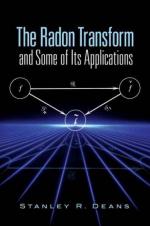|
This section contains 476 words (approx. 2 pages at 300 words per page) |

|
Although it has received attention as an environmental hazard only recently, radon is a naturally occurring radioactive gas that is present at low concentrations everywhere in the environment. Colorless and odorless, radon is a decay product of radium; radium is a decay product of the radioactive element uranium, which occurs naturally in the earth's crust. Radon continues to break down into products called radon progeny. Radon is measured in units called picocuries per liter (pCi/L), and it becomes a health concern when people are exposed to concentrations higher than normal background levels. Some geologic formations, such as the Reading Prong in New Jersey, are naturally very high in radon emissions.
During their normal decay process, radioactive elements emit several kinds of radiation, one of which is alpha radiation. The health effects of radon are associated with these alpha particles. These particles are too heavy to travel far...
|
This section contains 476 words (approx. 2 pages at 300 words per page) |

|


